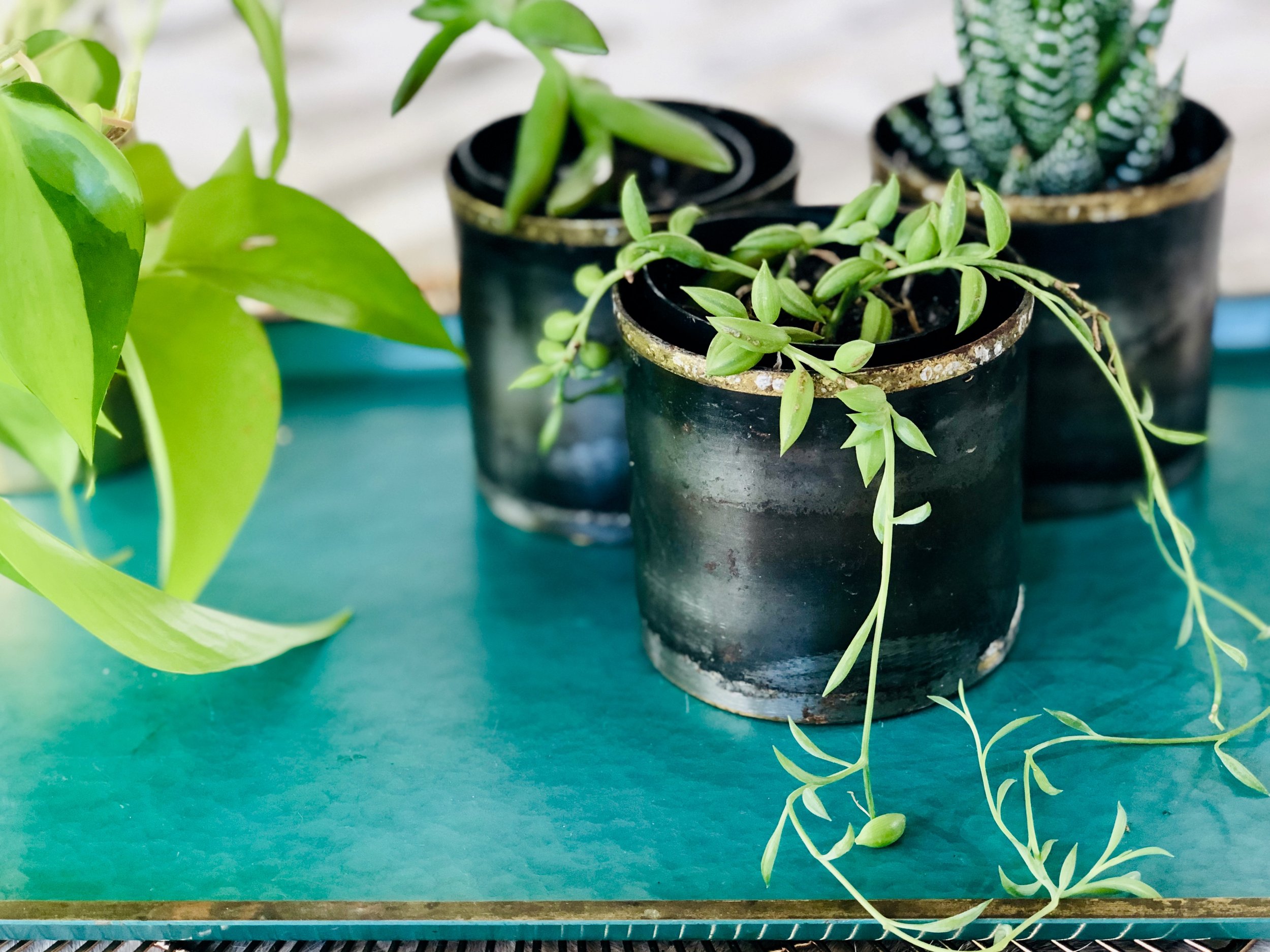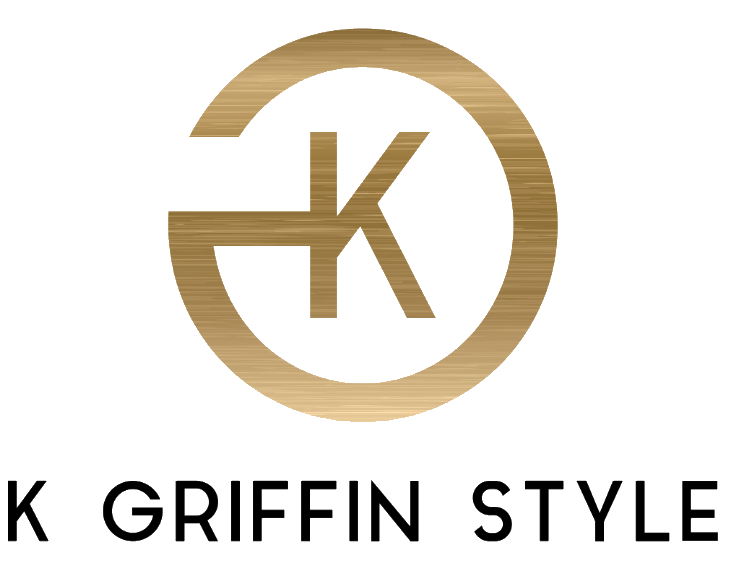
About Kathryn Griffin, Image Professional, Interior Stylist
My unique approach and experience with PCA (personal color anlysis)
-
Suzanne Caygill, a stylist and artist with a notable clientele in Hollywood, pioneered Personal Color Analysis (PCA) by linking individual personality and physical traits to specific color palettes. In the mid-20th century, she introduced the concept of categorizing people into seasonal groups—Spring, Summer, Autumn, and Winter—based on their natural coloring, as detailed in her seminal work, "Color: The Essence of You." Caygill's innovative approach emphasized the harmony between an individual's natural palette and their wardrobe, laying the foundation for PCA's development.
The methodology introduced by Caygill gained widespread popularity in the 1970s and 1980s, largely thanks to Carol Jackson. Jackson's book brought PCA into the mainstream, simplifying Caygill's concepts to make them more accessible to the public. She expanded on the idea of seasonal color analysis, providing a broad framework that made it easy for individuals to identify their season and corresponding palette. Jackson's work played a crucial role in popularizing PCA, making it a familiar concept to a wider audience and embedding it into the fabric of fashion and personal style advice during that era. Following the surge in popularity of Personal Color Analysis (PCA) in the 70s and 80s, the majority of today's seasonal color analysis systems trace their roots back to the framework established by Carol Jackson. Her approach, which simplified and democratized the principles laid out by Suzanne Caygill, introduced the practical method of draping as a key tool in determining an individual's color season. Draping involves comparing the effects of different colored fabrics against the skin to observe how each color influences the individual's overall appearance.
Following the surge in popularity of Personal Color Analysis (PCA) in the 70s and 80s, the majority of today's seasonal color analysis systems trace their roots back to the framework established by Carol Jackson. Her approach, which simplified and democratized the principles laid out by Suzanne Caygill, introduced the practical method of draping as a key tool in determining an individual's color season. Draping involves comparing the effects of different colored fabrics against the skin to observe how each color influences the individual's overall appearance.
The methodology behind most seasonal color analysis systems involves a process of elimination based on a series of binary distinctions: warm vs. cool tones, dark vs. light shades, and soft vs. bright intensity. This structured approach helps narrow down the broad spectrum of human coloring into more manageable categories, ultimately assigning individuals to one of the four seasons—each linked to a specific set of colors that purportedly best complement their natural coloring.
However, the method has been critiqued for its biases, particularly for its tendency to cater primarily to European, or more broadly, "white-centric," color palettes. This focus can result in a lack of inclusivity, overlooking the full diversity of global skin tones and coloring. The industry has seen efforts to develop more nuanced approaches that embrace a broader spectrum of human coloring.
In recent years, Personal Color Analysis has found a second life, fueled by the digital age's connectivity. TikTok, in particular, has seen an explosion of content related to PCA, with users enthusiastically sharing tips, how-tos, and personal color revelations. This trend is partly linked back to South Korea's enthusiastic embrace of PCA, where the practice has become intertwined with beauty and fashion culture. However, it's important to note that while South Korea has played a significant role in popularizing PCA again, the methods employed largely remain rooted in the established draping technique and the expanded seasonal system.
Despite the evolution from four to twelve seasons in an attempt to provide more granularity, many feel that the current PCA frameworks still miss the mark in capturing the full nuance of individual coloring. The enthusiasm on platforms like TikTok underscores a growing interest in personalized color analysis, yet it also highlights the ongoing search for a system that can truly account for the vast diversity and uniqueness of people's coloring across the globe.
-
My journey with Personal Color Analysis (PCA) began in childhood when my mother took me to be typed, marking my first encounter with an industry that would capture my fascination and skepticism in equal measure. As I grew and explored PCA further as an adult, I found myself being typed as every season but Winter by a myriad of practitioners, from hairdressers who ventured beyond their traditional roles to claim expertise in PCA, to enthusiastic amateurs convinced of their analytical prowess. This widespread and varied practice underscored a critical reality: PCA was, and remains, an unregulated field, where nearly anyone could offer their interpretation, often leading to confusion and misinterpretation.
My visual career initially took root in landscape design, a discipline that honed my eye for color and form in the natural world. This passion for the visual arts led me to pursue a fine arts degree, laying the groundwork for my dual roles as both a practicing artist and an art instructor. Each step of my journey enriched my understanding of color theory and application, ultimately guiding me toward the field of personal styling. In personal styling, I discovered a fulfilling balance between my trade as a designer and my love for working with people. It became the perfect arena to apply my artistic skills and knowledge, allowing me to help others express their unique identities through color and style.
In 2013, when I launched my business, my quest for the ideal method and tools for accurate color analysis led me through an exhaustive search. Dissatisfied with existing approaches and preset palettes on plastic cards, I yearned for something with greater depth and accuracy. My journey culminated in the discovery of a business dedicated to the operation and provision of an actual color lab, closely aligned with Sharon Chrisman's teachings, herself a direct protégé of Suzanne Caygill.
This lineage of formidable, intelligent women in the realm of color analysis was both inspiring and compelling. Yet, nothing prepared me for the moment I stepped into the color lab for the first time. There, I met my future mentor, whose presence alone was a testament to the power of precise color harmony. Her attire was a perfect reflection of her understanding and mastery of color—her dress was not just beautiful; it was 'perfect' for her. Her skin glowed, her eyes sparkled with an enhanced brilliance, and everything in her office resonated with a deep, cohesive color harmony. That initial moment, witnessing the tangible impact of accurate color analysis on an individual, was profoundly convincing. It was clear to me, just by observing her, that I was exactly where I needed to be. The realization that such precision in color could bring about a visible transformation was both enlightening and deeply motivating.
This experience underscored my commitment and propelled me into a comprehensive and rigorous training journey that was nothing short of life-changing. Beginning with exercises like painting skin tones to grasp the subtleties of color matching, the training was a deep dive into the nuanced world of color theory applied to human coloring. These foundational lessons were essential, laying the groundwork for performing accurate color analyses and understanding each client's unique color story—a story that is unpacked through careful observation and meaningful collaboration with each clients unique coloring, preferences, and habits.
-
In my approach to Personal Color Analysis (PCA), I leverage a unique system that not only accommodates but enhances the popular flow seasonal system with its preset color palettes. Central to this approach is my use of specialized color labs. These labs, with their carefully curated, market-relevant fabric swatches, enable me to conduct accurate analyses of seasons, subseasons, and the nuanced flow between them. For clients opting for the budget-friendly 'What Season Am I' service, rest assured, the lab's resources ensure your correct season and subseason(s) are not just identified but thoroughly explained and understood. This clarity allows for a deep appreciation of how and where you fit within the seasonal spectrum, providing a foundation for a truly personalized color exploration.
The labs' extensive collections of fabric swatches serve as dynamic tools, akin to traditional drapes, but without confining clients to binary and rigid categories. This flexibility allows us to discover specific shades that resonate uniquely with each individual's coloring. By avoiding predefined palettes and focusing instead on the specificity of shades relevant to the person, we unveil colors that may have been overlooked and resolve any confusion regarding color families.
Clients benefit from this personalized and accurate approach, receiving custom palettes that reflect not only their inherent coloring but also their style preferences and lifestyle. This tailored guidance helps clients navigate their wardrobe choices with confidence, ensuring they can always select items that enhance their natural beauty and express their personal identity.
By marrying the precision of our color labs with a deep understanding of the flow seasonal system, my color analysis system offers an innovative, accurate, and client-centered experience. It represents a modern evolution in PCA, prioritizing individual uniqueness and providing each client with the tools they need to showcase their best colors."
About
Meet Kathryn Griffin
Hailing from the southern part of the States, Kathryn brings a unique blend of southern charm along with a more eclectic West Coast sensibility. Kathryn's distinctive approach to design and style has been further influenced by her time spent living abroad in Spain and France. She is a professionally trained stylist, designer and artist. She is now located in San Francisco, CA.
Kathryn Griffin has always been driven by her passion for visual communication, exploring its many facets and channels throughout her life. She has leveraged her UC fine arts degree and experience as a practicing artist and an educator to teach and provide clients with the guidance and resources they need to create beautiful and functional wardrobes. She has honed her skills through rigorous training including an extensive program with Color Design International. CDI draws upon the invaluable influences of Suzanne Caygill, the renowned image expert who revolutionized the field of personal color analysis. Kathryn has also earned her AICI (Association of Image Consultants International) certification and studied with master stylist, Carla Mathis among other industry experts . As the founder of K Griffin Style, Kathryn has served as an image professional and interior style consultant for over a decade, working with a diverse range of clients in both the corporate and private spheres.
.
Today, Kathryn looks forward to utilizing her creative expertise and experience to help you elevate your personal image and living space to the fullest potential.

